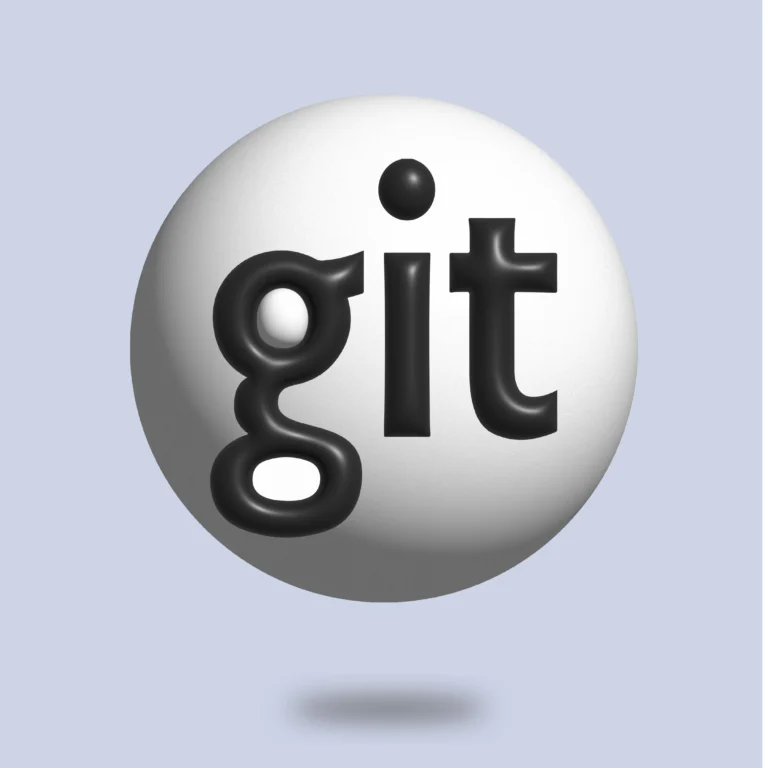Understanding LLMs in AI: A Simple Guide

Technology is evolving faster than ever before. There have been countless studies and breakthroughs in the field of AI, during the recent few years, like Generative Pre-trained Transformer (GPT), transformer architecture, etc.
One such breakthroughs are LLMs in the exciting and promising domain of Generative Artificial Intelligence (GenAI).
Today, we are going to learn about LLMs in Generative AI. This will be just an overview of LLMs and we will discuss the technicalities in a later post!
LLMs, or Large Language Models, are AI model types that have been gaining attention lately. But what exactly are they, and how do they work? Let’s dive in and explore the fascinating world of LLMs together!
What are LLMs?
A large language Model (LLM) is a very large deep learning model and a type of AI Algorithm that has been pre-trained on a huge dataset. An LLM can perform a variety of tasks like understanding, summarizing, and predicting the next parts of a sentence.
Since it is trained on huge datasets, it is named ‘Large’. LLMs are based on a specific type of neural network called transformers. Transformers were introduced in the famous research paper ‘Attention is all you need’ in 2017 by Google.
At their core, LLMs are giant brains trained on vast amounts of text data. They’re designed to understand human language and generate text that sounds natural and human-like. These models can comprehend the nitty gritty of language, including grammar, context, and even emotions.
Some of the popular LLMs are GPT3.5, GPT4, Gemini, Bard, Falcon 40B, and, BERT.
How Do LLMs Work?
Now, you might be wondering, “How does something like this even work?” Well, it’s all about data and algorithms!
One of the motivations for LLMs was to find a way to process entire sequences in parallel, unlike the previous models like RNNs which processed the inputs sequentially. With this unique feature, LLMs could now be trained on GPUs in less time.
First, developers gather massive text data from various sources like books, articles, websites, and social media posts. This data serves as the training material for the LLM.
Here’s a fun fact, LLMs can have billions and trillions of parameters. For instance, GPT-4 has more than a trillion parameters.
Next, they use sophisticated algorithms like neural networks to train the model on this data. During training, the model learns to recognize patterns and relationships within the text. With more epochs/iterations, the model gets better at understanding the language.
Once trained, the LLM can perform various tasks, such as language translation, text summarization, question answering, and even creative writing.
You may like: Best Mouse for programmers
Applications of LLMs
LLMs have a wide range of applications across various industries and domains.
Here are some examples:
- Natural Language Processing (NLP): LLMs are used in NLP tasks like sentiment analysis, named entity recognition, and speech recognition. They assist computers in understanding and interpreting human language more effectively.
- Content Generation: LLMs can generate human-like text for tasks like writing articles, composing emails, and crafting social media posts. They’re handy tools for content creators looking to automate some aspects of their work.
- Virtual Assistants: Ever interacted with Siri, Alexa, or Google Assistant? These virtual assistants rely on LLMs to understand voice commands and provide responses in natural language.
- Language Translation: LLMs are powering advancements in machine translation systems, making it easier for people to communicate across language barriers.
- Chatbots: Businesses use LLM-powered chatbots to handle customer inquiries, provide support, and even engage in casual conversations.
- Educational Tools: LLMs can be used as educational tools to generate study materials, provide explanations, and even tutor students in various subjects.
- Healthcare: In healthcare, LLMs are being explored for tasks like analyzing medical records, providing personalized health recommendations, and assisting in diagnoses.
These are just a few examples of how LLMs are making a difference in the world today. The possibilities are virtually endless!
Challenges and Considerations
While LLMs offer tremendous potential, they also come with certain challenges and considerations:
- Bias: The data used for training purposes was written by a human. The writer might have some biases that the LLMs can learn and might be visible in their generated text. For example, LLMs can have racial bias or biased decision-making in the hiring process in their generated text. So, the LLM is to be used with caution in such cases.
- Ethical Use: Developers and users of LLMs must consider the ethical implications of their use. This includes issues related to privacy, consent, and the responsible use of AI technologies.
- Robustness: LLMs may struggle with understanding ambiguous or context-dependent language, which leads to errors or misinterpretations in the output.
- Energy Consumption: Due to training and running large language models, significant computational resources are required, which can have environmental implications due to energy consumption.
- Security: There’s also the risk of LLMs being exploited for malicious purposes, such as generating fake news or impersonating individuals.
- Hallucination: LLMs can have hallucinations in their generated text. Hallucinations in the text mean spitting out fake facts and figures. LLMs have this tendency to make up facts out of nowhere, we have seen many examples of this in the past. One of the classic examples is this case.
Addressing these challenges requires a concerted effort from researchers, developers, policymakers, and society as a whole to ensure that LLMs are developed and deployed responsibly.
If you want to go more in-depth and learn about GenAI, here is a Youtube’s free course from FreeCodeCamp:
Recommended: SOLID Principles in Python
Conclusion
In conclusion, LLMs are powerful AI models that can understand and generate human-like text. They’re revolutionizing various fields, from natural language processing to content generation.
Generative AI is an exciting domain of Artificial Intelligence. With recent advancements, we have never seen this much adoption of AI in the tech industry. Everyone wants to hop on the AI bandwagon now.
However, on the flip side, LLMS and Generative AI in general should be used with caution. We must factor in the ethical, technical, and social implications involved. Ideally, we would want to utilize GenAI capabilities to improve our lives and minimize potential risks.
So, the next time you interact with a virtual assistant, or use a language translation tool, remember the incredible technology behind it—a large language model working tirelessly behind the scenes to make it all possible!
Talha is a seasoned Software Engineer with a passion for exploring the ever-evolving world of technology. With a strong foundation in Python and expertise in web development, web scraping, and machine learning, he loves to unravel the intricacies of the digital landscape. Talha loves to write content on this platform for sharing insights, tutorials, and updates on coding, development, and the latest tech trends






